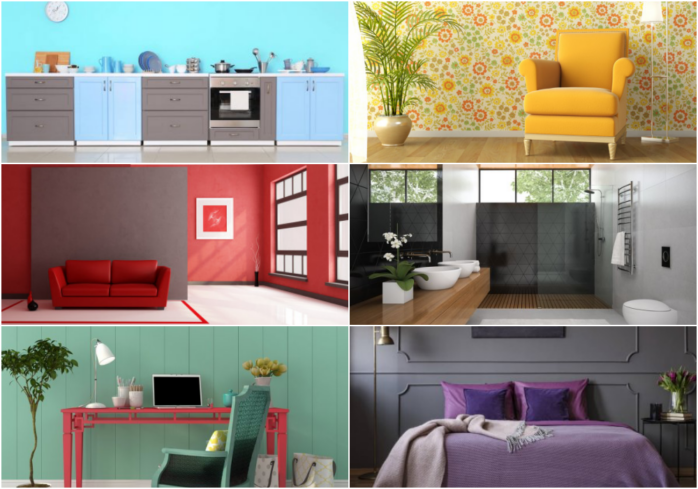
In the realm of home design, there’s a world beyond mere bricks and mortar, a realm where aesthetics and functionality intertwine with the profound elements of human psychology. In this intricate dance of design and emotion, spaces are not just built; they are carefully crafted to resonate with the soul, to mirror and mold the moods and mental states of those who dwell within.
From serene sanctuaries that whisper tranquility to vibrant spaces that pulse with energy, every home becomes a canvas, where the art of living is painted in the colors of personal preference and lifestyle. Welcome to the journey of crafting homes that do more than shelter – they inspire, rejuvenate, and resonate with the very essence of those who call them home.
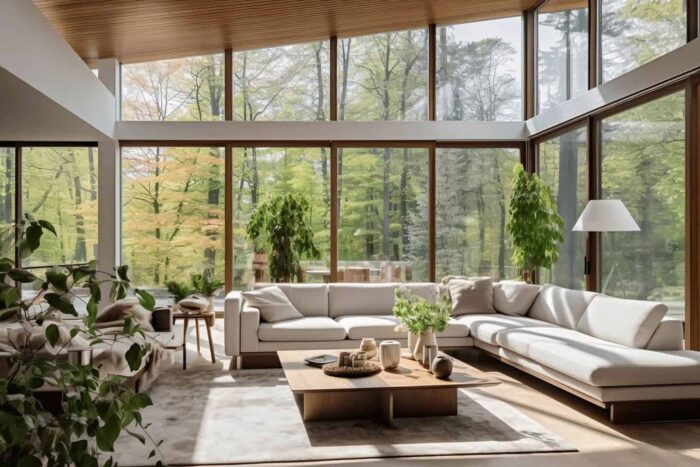
Promoting Relaxation and Restoration
Many homeowners seek to make their home a sanctuary that promotes relaxation and restoration from daily stresses. Home design involves more than just aesthetics and functionality, according to the good folk at Jamestown Estate Homes. Environmental cues conducive to unwinding and rejuvenation include:
- Natural materials like stone, wood and plants that bring serenity of nature indoors.
- Curved forms and shapes with rounded edges for softness and ease.
- Textured accents and tactile furniture that are soothing to touch.
- Muted, softer hues to dampen overstimulation.
- Fireplace focal points and water features that fascinate the senses.
- Warm, indirect lighting for tranquility and coziness.
- Sound-absorbing surfaces and textures to minimize noise.
These cues come together in spaces like spa-inspired bathrooms, bedrooms with tranquil forest-green walls, and living rooms centered around a crackling fireplace. Such spaces psychologically prime us to relax mind and body.
Energizing through Environmental Stimulation
Alternatively, some homeowners want spaces that provide invigorating environmental stimulation as a mood boost. Design elements that energetically activate the senses include:
- Bold shots of colors like vibrant yellow or orange.
- Polished surfaces and gleaming metals that reflect light.
- Angular, asymmetric forms and contours.
- Large windows with views of dynamic outdoor scenery.
- Incorporating interactive technology and devices.
- Open layouts and soaring ceilings that feel expansive.
- Robust ambient sounds like upbeat music.
Energizing environmental psychology powers spaces like home gyms immersed in sunlight, offices with vibrant colors and natural views, and sleek kitchens with a cacophony of stainless steel appliances. The spirit feels electrically charged and ready for active pursuits.
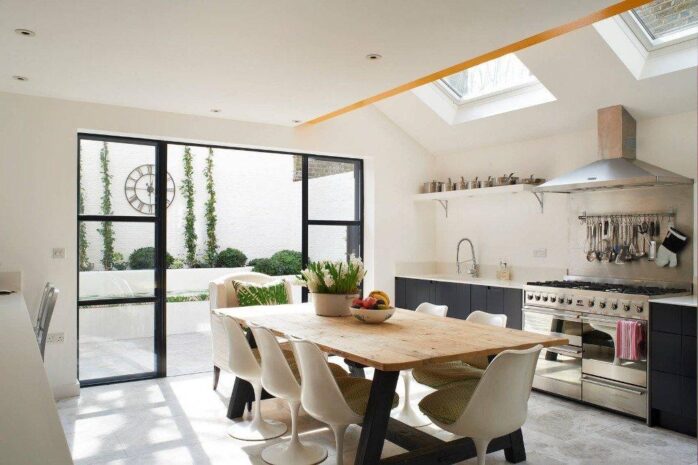
Reinforcing Social Connection
For gregarious homeowners who frequently entertain, environmental design can encourage social connection and intimacy with others. Tactics to promote psychological bonding include:
- Flexible modular furniture configurations for fluid interactions.
- Multiple seating areas and benches to gather in different groupings.
- Scent diffusion like cinnamon or vanilla to spark nostalgia.
- Old family photographs and heirlooms with nostalgic meaning.
- Music systems that allow playing songs with personal significance.
- Dim lighting supplemented by table lamps for cozy ambiance.
- Rounded coffee or dining tables without hard corners.
The atmosphere in such socially primed spaces envelops you in a feeling of closeness, as seen in living rooms designed for rearranging seating on a whim or book-lined studies stocked with old photo albums for spurring storytelling.
Reinforcing Personal Identity and Values
Surroundings that visually reinforce personal identity and values psychologically boost self-esteem and meaning made at home. This happens through elements like:
- Bold cultural artwork, fabrics, and artifacts.
- Photographic chronicles of important memories and milestones.
- Quotes, poetry, or scripture signifying beliefs on artwork.
- Collections or hobbies that illustrate passions and skills.
- Books, media, and technology that reflect interests.
- Family heirlooms that connect to your heritage.
- Custom-designed spaces aligned with home workflows and priorities.
A music room decked out with framed albums, guitars and concert posters reflects musical passions. Outdoorsy types adorn their homes with gear like kayaks and hiking boots that mirror their adventurous identity. Surrounded by familiar representations of your values psychologically grounds your sense of self.
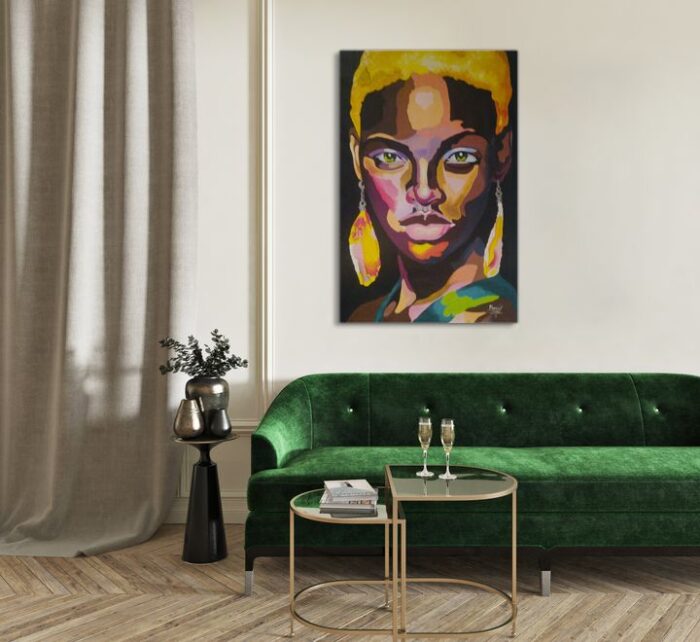
Enhancing Focus and Productivity
Creating spaces that enhance focus and productivity is essential for those working from home or engaging in creative hobbies. Designing a minimalist decor reduces distractions, while ergonomic furniture like adjustable desks and chairs supports physical comfort during long hours of work. Colors such as blue and green can be strategically used to boost focus and calmness. Incorporating organizational systems helps in decluttering, and adequate, adjustable lighting reduces eye strain. Soundproofing elements create a quiet workspace. Imagine home offices with minimal designs and ergonomic chairs, alongside crafting rooms with ample storage and bright lighting, fostering an environment of efficiency and creativity.
Cultivating Well-being and Health
The trend of cultivating physical and mental well-being in homes is becoming increasingly popular. Integrating home fitness areas or yoga studios, kitchens designed for healthy cooking, spa-like bathrooms, meditation spaces, air purifying plants, and access to outdoor spaces like gardens or balconies are key. These elements not only promote physical health but also mental relaxation. A home gym or a kitchen with a spacious island and fresh herbs can significantly contribute to a healthier lifestyle.
Fostering Creativity and Inspiration
For those who value creativity, homes that spark inspiration are crucial. This involves setting up art studios or craft rooms with natural light and storage, eclectic decor, display areas for artwork, spaces for musical expression, inspirational quotes and artworks, and varied textures and patterns. A brightly lit studio or a music room with acoustic panels can become centers for creative expression.
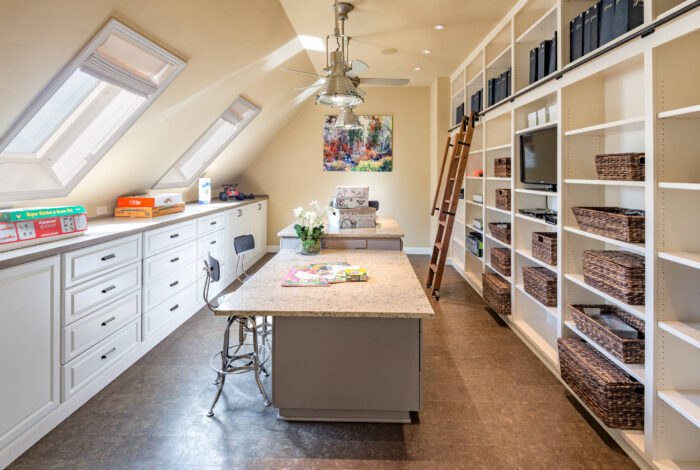
Promoting Sustainability and Environmental Responsibility
Incorporating sustainability into home design is increasingly important. Features such as energy-efficient appliances, sustainable materials like bamboo flooring, rainwater harvesting systems, solar panels, native landscaping, and smart home technology for resource optimization are becoming more prevalent. A kitchen with energy-efficient appliances and sustainable materials reflects a commitment to the environment.
Conclusion
By integrating aspects of productivity, well-being, creativity, and sustainability, home design can cater to various needs and preferences, transforming living spaces into sources of inspiration, health, productivity, and personal fulfillment. This approach to home design emphasizes the importance of creating spaces that not only serve functional purposes but also support and enhance the overall quality of life for their inhabitants.





